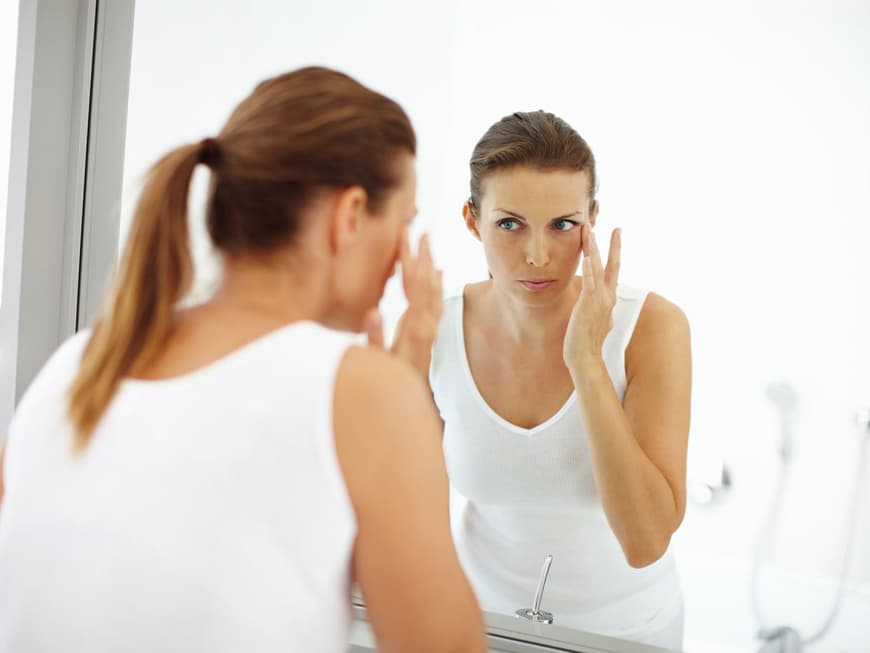
It usually starts with a tiny dot on the upper and lower eyelid. It then turns into a swollen, painful lump - a sty (medical term: hordeolum). Top priority: Hands off, because the inflammation usually heals all by itself. Nevertheless, you can support the process and speed it up a little:
Bacteria increase the risk of infection
Bacteria, viruses and other pathogens that enter the eye via unclean fingers can be responsible for the development of a stye. There is a high risk of infection here, as it is a bacterial infection. If you touch the inflamed eyelid or touch your eye and do not wash your hands afterwards, you may transfer the germs to surfaces such as towels or door handles.
Fluid congestion can lead to inflammation
Another possible trigger for a stye is a blocked sebaceous gland at the edge of the eyelid. Because it cannot empty itself, the secretion builds up and an - often purulent - inflammation occurs. It only subsides when the secretion drains away. Under no circumstances should you try to squeeze out the stye, even if it looks a lot like a pimple. It is better to rinse the eye with clear water and temporarily avoid wearing make-up.
Treat styes with heat and massages
Does you good and also helps: heat. Ideally in the form of a red light lamp or compresses. Soak a cotton pad in warm water and place it on the eye. Then massage the edge of the eyelid very gently and carefully. The heat will liquefy the secretion and the massage will help it to drain away more easily. The warmth also stimulates blood circulation and thus the healing of the inflammation. To be on the safe side, you should always consult an ophthalmologist if you have a sty. After a thorough examination, he or she can assess which therapy is the right one or whether treatment with antibiotics is necessary.
Brief summary
If bacteria get into the eye, this can have extremely unpleasant consequences: A sty forms.
How it happens: Rubbing the eye with dirty fingers encourages the formation.
How it manifests itself: A painful, reddened and swollen area often develops on the edge of the eyelid.
What helps: It usually heals on its own. Otherwise the doctor will prescribe antibiotics.
You may also be interested in this:
The most important vitamins for the eyes: To maintain vision for a long time
Sicca syndrome: The best tips against dry eyes
What helps against bags and dark circles under the eyes?
Sagging eye area - How to get rid of drooping eyelids without surgery
Eye surgery: life without glasses or contact lenses
Preserve your eyesight: Healthy eyes are no coincidence
Diagnosis: conjunctivitis
